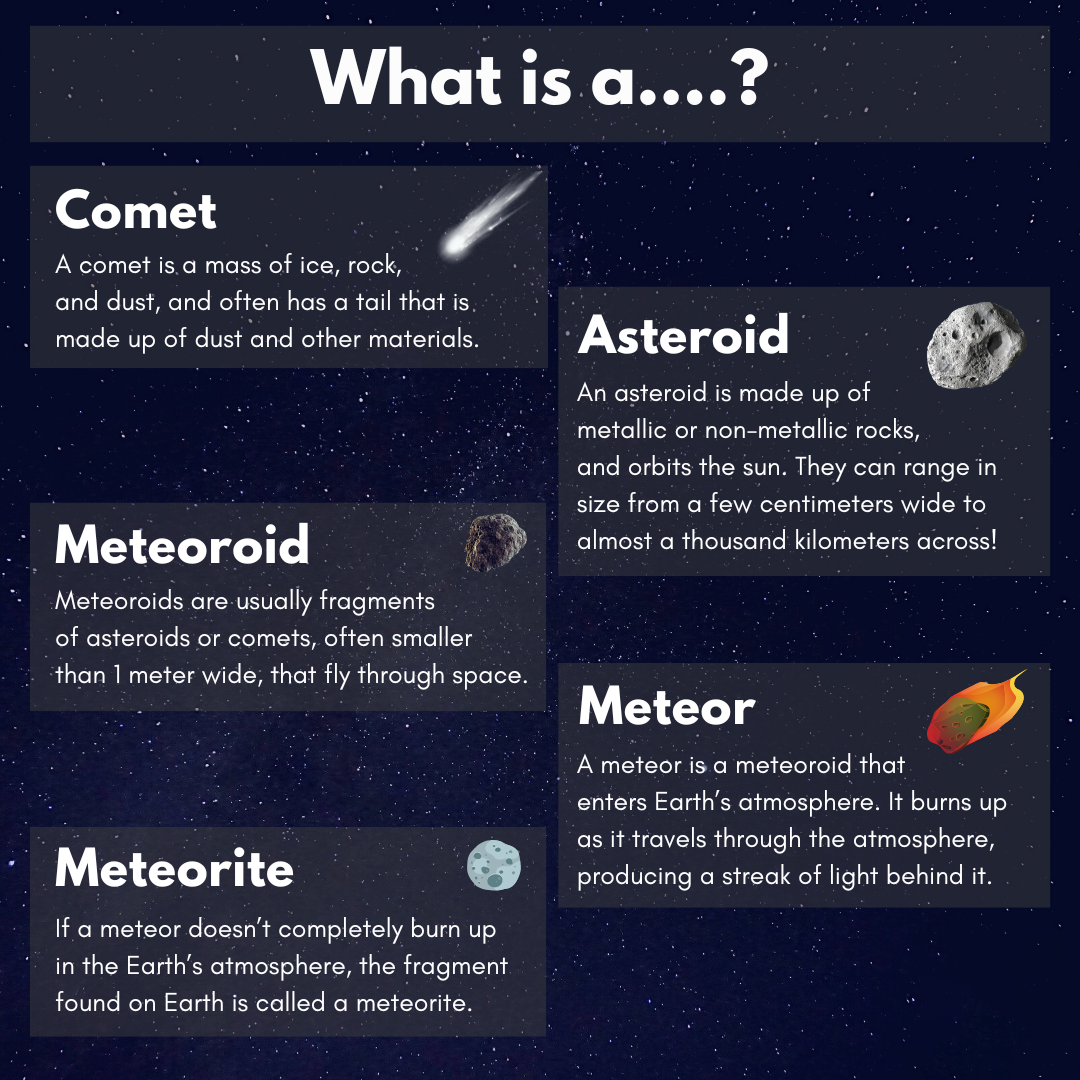Important Facts For Prelims
Asteroid 2024 YR4
- 08 Feb 2025
- 4 min read
Why in News?
National Aeronautics and Space Administration (NASA) has identified a near-Earth Asteroid 2024 YR4, which has a slightly over 1% chance of impacting Earth in 2032.
What are the Key Facts About Asteroid 2024 YR4?
- About: The asteroid, detected in December 2024, passed 800,000 km from Earth (twice the Moon’s distance) and remained observable until April 2025, set to reappear in 2028.
- Potential Risk: NASA has classified it as Level 3 on the Torino Scale, indicating a potential for localized destruction if it impacts Earth.
- The Torino Scale, adopted by the IAU (International Astronomical Union) in 1999, categorizes asteroid impact risks on a 0 to 10 scale based on likelihood and severity.
- It can release 8-10 megatons in case of impact, higher than the 2013 Chelyabinsk, Russia meteor (released 500 kilotons of energy— about 30 times more than the Hiroshima atomic bomb).
What are Asteroids?
- About: Asteroids are rocky, airless remnants from the solar system's formation (4.6 billion years ago).
- They primarily orbit the Sun in the Asteroid Belt, though some follow Earth-crossing paths.
- Their sizes vary from a few meters to hundreds of kilometers.
- Categorisation:
- Main Asteroid Belt: Located between Mars and Jupiter, this region contains the majority of known asteroids.
- Trojans: These asteroids share an orbit with a larger planet and remain near Lagrangian points (L4 and L5), where gravitational forces of the Sun and the planet balance, preventing collisions.
- Near-Earth Asteroids (NEAs): These asteroids have orbits that bring them close to Earth. Those that intersect Earth's orbit are specifically termed Earth-crossers.
- Asteroid Collision Frequency: Small asteroids frequently burn up in the atmosphere.
- Larger asteroids occasionally reach the surface but rarely cause significant damage. Global-scale impacts, like the Chicxulub event in Mexico that led to the extinction of dinosaurs and 75% of Earth's species, occur approximately once every 260 million years.
- Planetary Defense Against Asteroids: NASA and other space agencies are developing planetary defense mechanisms to prevent asteroid collisions.
- NASA’s DART mission (2022) successfully altered the trajectory of asteroid Dimorphous, showcasing the potential for deflection strategies to mitigate future threats.
Initiatives Related to Monitoring of Near-Earth Objects:
UPSC Civil Services Examination, Previous Year Questions (PYQs)
Prelims
Q. What is the difference between asteroids and comets? (2011)
- Asteroids are small rocky planetoids, while comets are formed of frozen gases held together by rocky and metallic material.
- Asteroids are found mostly between the orbits of Jupiter and Mars, while comets are found mostly between Venus and Mercury.
- Comets show a perceptible glowing tail, while asteroids do not.
Which of the statements given above is/are correct?
(a) 1 and 2 only
(b) 1 and 3 only
(c) 3 only
(d) 1, 2 and 3
Ans: (b)





